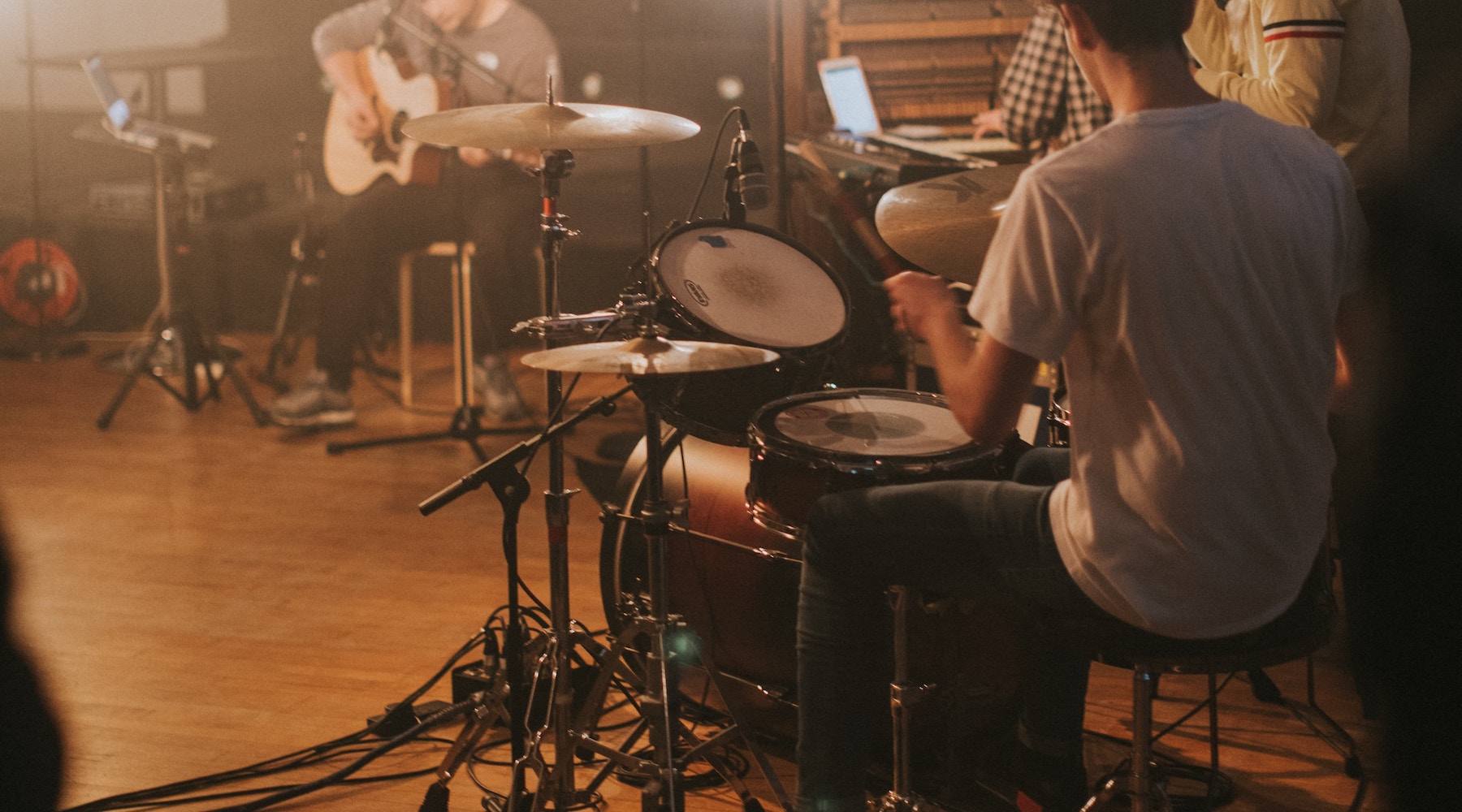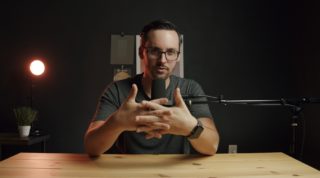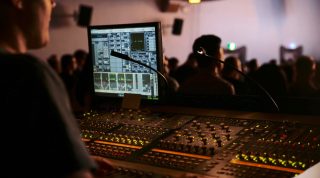I was with some friends the other night and one friend who plays keys at his church asked me, “what can I do to get our worship team to start using click so we don’t play reckless love in 4/4 again?” We laughed for a moment and then talked about how they could do it. I wanted to share some brief thoughts on how you can start using a click at your church.
In case you’re unfamiliar with a click, it’s simply a metronome played only for the musicians while playing live to keep everyone in tempo when the song first starts, and if there are any breaks where the band drops out.
The first key to using a click is to have an In Ear Monitoring (IEM) system. This way only the band hears it, not the congregation. If you already have IEMs at your church, skip down to the following paragraph, if you don’t have IEMs, here are a couple ways to take a step in that direction:
Click without IEMs
If you haven’t switched over to IEMs yet, a great place to start is with your drummer. You can keep your floor wedges as they are and simply add a headphone amp for the drummer and route the signal from your console. This whole project would probably run you less than $100 and you might already own a small headphone amp or mixer. From there, you can slowly start adding a click track for just the drummer, that way you’re starting songs off at the desired tempo. Your drummer can always kill the click during songs if you get too far off. If you ever upgrade to a full IEM system, you can slowly start adding the click in for the whole band.
Click for those with IEMs
Click sounds scary but it doesn’t have to be. If you’re already using IEMs, adding a click is going to be pretty simple. Here are 4 steps to getting started using a click track at your church:
1. Cast vision for why you want to use click
Here are some basic pointers: It keeps the band in sync. It opens up new creative possibilities like syncing with a video or using loops/tracks to add more texture. It makes you a better musician; it prepares you to record your own music at home or play with another church or band. Click is also the industry standard for most touring artists, so it adds an extra polish and tightness to the performance.
2. Communicate with your production team
If you’re a worship leader, partner closely with your tech director and audio team since they have the power to make click a huge success. As you’re making your plans to start using click, let them know what’s coming and work with them to make a solid system for how click is going to work at your church.
3. Determine who will run the click
It’s typical to have your music director run it so the worship leader can focus on congregational leading, but it comes down to whatever works best for your team. The best person is someone who will be starting the songs, usually a drummer or other instrumentalist. Know who’s going to launch the click and kill it if you get off tempo.
Pro Tip: Have an easy way to kill the click. Nothing is more distracting than getting off click and still having to listen to it. The easiest solution here is to have an easy way to kill it. This could be anything from a foot switch to a midi controller or even an iPad app that’s easy to get to. The point is to have a plan for when you get off click.
4. Start slow and grow over time.
Click is going to be new and weird at first. Give everyone time to get used to it. Plan out extra time during the first few rehearsals to talk about it, to let people get adjusted and make it work for them. You could also use click for a few weeks in rehearsals only before you try it during a service.
Those are the 4 main steps to launching click at your church. Before we go, I have just a few pro tips to make your life a little easier and make click a more pleasant experience.
Pro Tips
Not everyone needs to hear the click
Some people will feel uncomfortable at first. Tell them to turn it off in their mix. Over time, have them bring it up slowly so it’s in the background. The only people who truly need the click in their mix is the drummer and anyone who starts a song or is the only person playing during part of a song. Some folks on your team (like vocalists) might go without it completely, and that’s okay.
Mix it well
The click should be comfortable in your mix so you can hear it. It doesn’t need to be the loudest thing, but it still needs to be audible. If you’re having trouble, try turning the click all the way down and fading it up until it’s comfortable in your ears. Remember, the most important thing is your mix must sound natural to your ears otherwise it will be frustrating and distracting.
Choose a good click sound
Depending how you run it, you have many options to change how the click itself sounds. Make sure the click sounds natural to your ears. Having the wrong click sound can make a huge difference. I personally prefer the click sound from Ableton Live so whenever I use a click I try to match that as closely as possible. There are many ways to change it – using a different app, tweaking your DAW click settings or even EQing the click channel on your audio console.
Here are just a few steps and tips to start using click with your worship team. What other questions do you have? Maybe you need some help setting up the physical routing through the audio system, maybe you need more tips on getting the team on board. If you have any other questions about using click at your church, feel free to drop us a line or leave a comment below.












![These past few months have been a whirlwind - certainly a ton of fun and a whole lot of change. There are a few brands/companies who have not only made my work possible, but have made it better than I could have imagined.
This week I’m giving a big round of applause to you @vimeo @lifechurchopen @planningcenter @blackmagicnewsofficial @lensrentals. Thank you all SO much. 👏🏼
Watch the full video: [Link in bio]
#theproductionpastor #production #churchproduction #churchtech #worshipproduction #liveproduction #churchtechleaders #ctln #churchtechs #churchavl #crtvchurch #FILOcommunity #churchaudio #churchlx #worshiplights #sundayservices #sundaymorning #sundayworship](https://scontent-ort2-2.cdninstagram.com/v/t51.2885-15/115907877_623433885220354_4782401585938248285_n.jpg?_nc_cat=108&ccb=1-5&_nc_sid=8ae9d6&_nc_ohc=v0Fu88T3YLwAX9giyGy&_nc_ht=scontent-ort2-2.cdninstagram.com&edm=ANo9K5cEAAAA&oh=cc82d64178b0d96109dfb52779574c25&oe=616A5E62)

